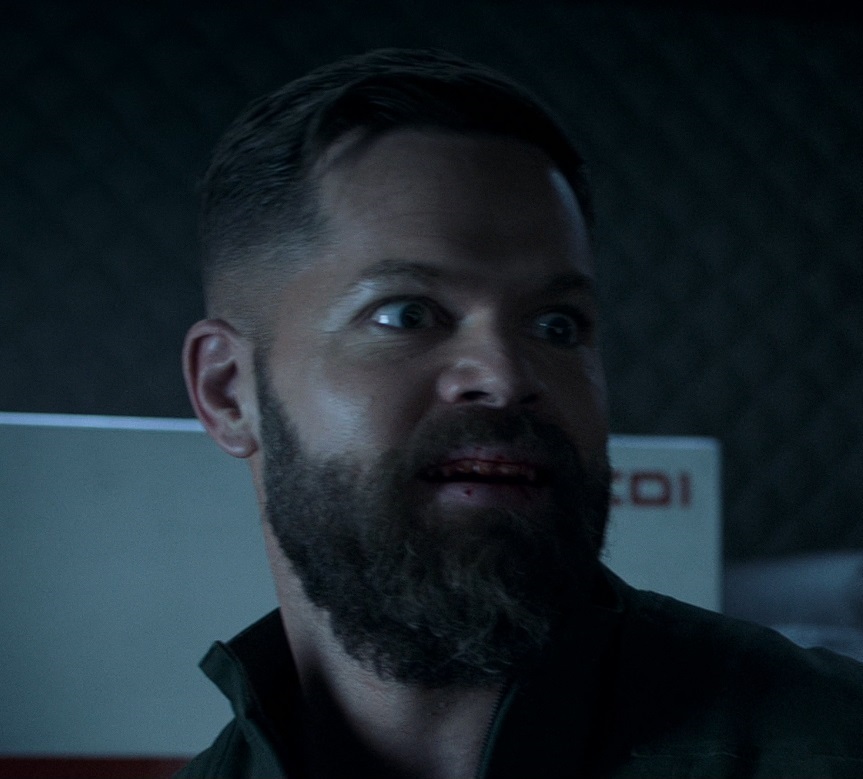Personally, I find Brown Dwarfs to be absolutely fascinating. An object that isn’t quite a planet and isn’t quite a star, but something in between.
What would one even look like? Would it look like a gas giant that’s glowing red, along with swirls of gas in its atmosphere like Jupiter? Or would it resemble a star and have a fiery surface like the sun? I prefer to imagine them as glowing gas giants but I don’t know how realistic that is.
Gas giants in general are fascinating to me as well, I really hope we send a probe into one of the gas giants with a camera before I die. I’d absolutely love to see what it looks like inside a gas giants atmosphere before the probe gets crushed by the increasing pressure as it descends.


Lagrange Points (L4 and L5 specifically). Here’s a bit of space with a gravitational effect keeping you inside, but not due to mass inside it. It’s due to the relation of two other masses. Mind-boggling.
Venus. It’s got this mega-dense atmosphere. Why? It’s an anomaly when you compare it to the other similarly-sized planets in our solar system. The gas giants having thick atmospheres makes sense, but Venus? Actually, I just had a thought. The Sun’s mass generally pulls gas toward it. Gas that is in between the Sun and Mercury gets pulled into the Sun. Gas between Mercury and Venus gets pulled into the Sun too, since the closeness of the Sun makes its gravitational effect very influential compared to Mercury’s. Gas between Venus and the Earth, however, is far away enough from the Sun that it will stabilize around a Venus-sized planet. This explains the discrepancy between Mercury’s and Venus’s atmospheres. Not sure about the Venus/Earth discrepancy, but perhaps Mars’s light atmosphere is due to its lower mass.
Callisto. Why is it so dark? Why is the ice (the light splotches on the surface) like polka dots, rather than either an ocean or more diffuse?
Past geological activity spewing dust over ice?